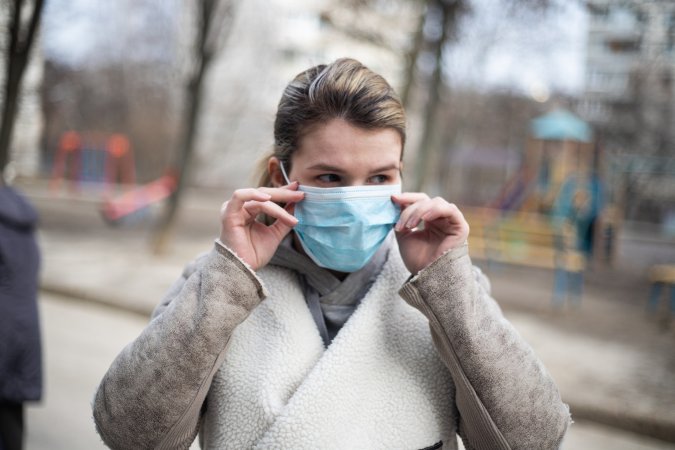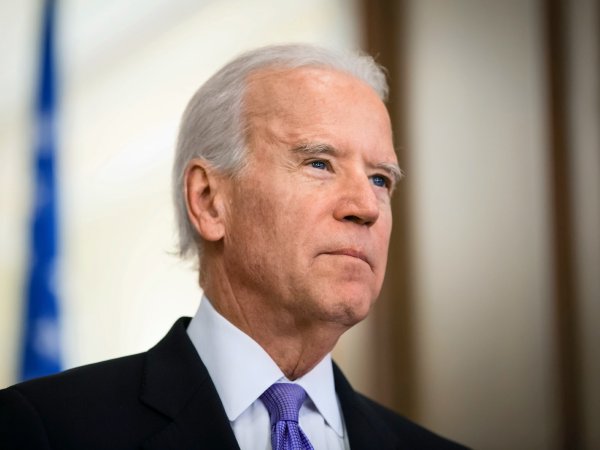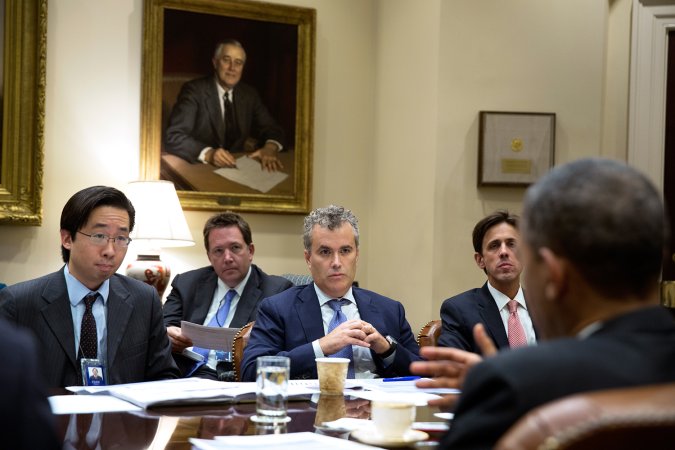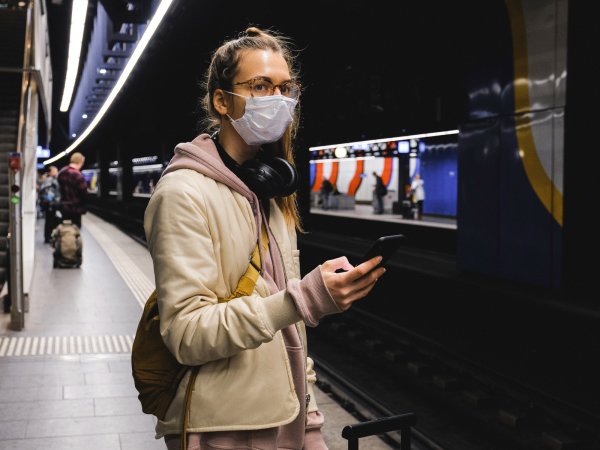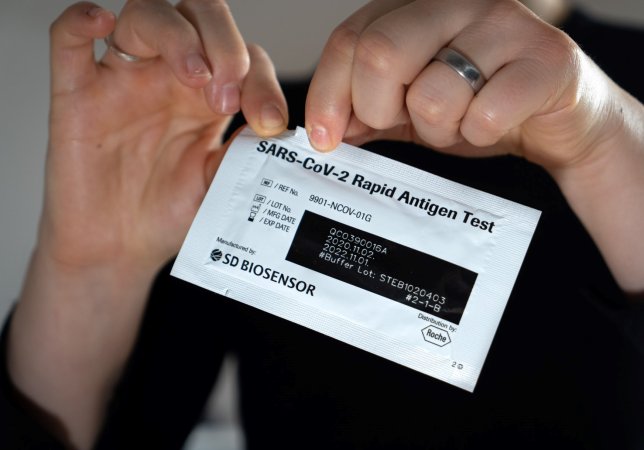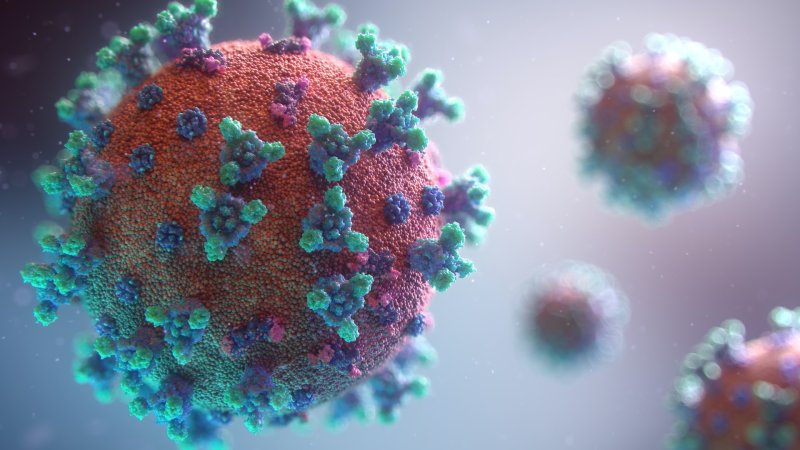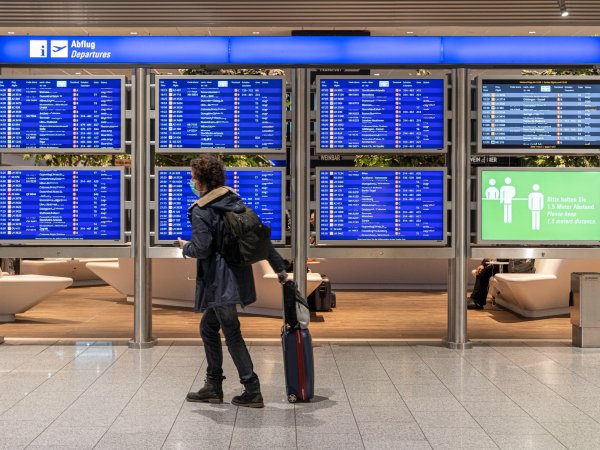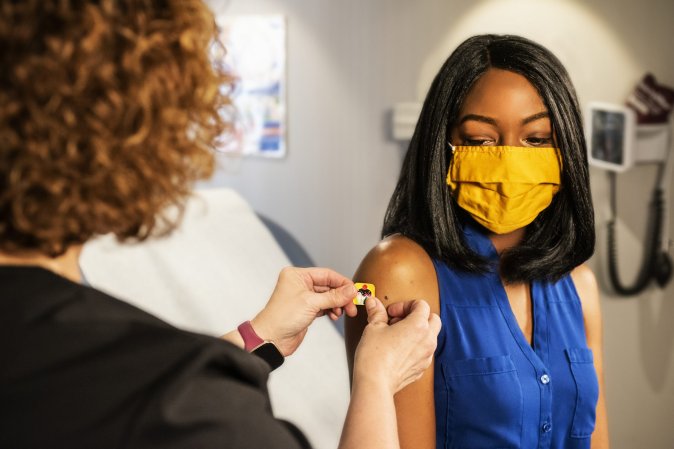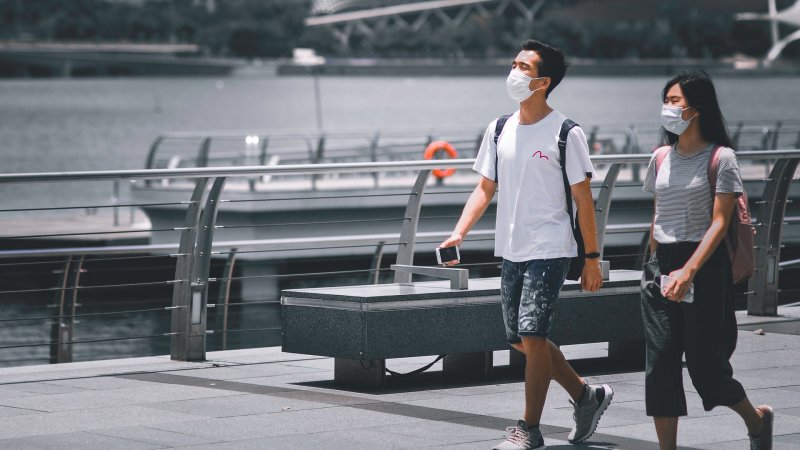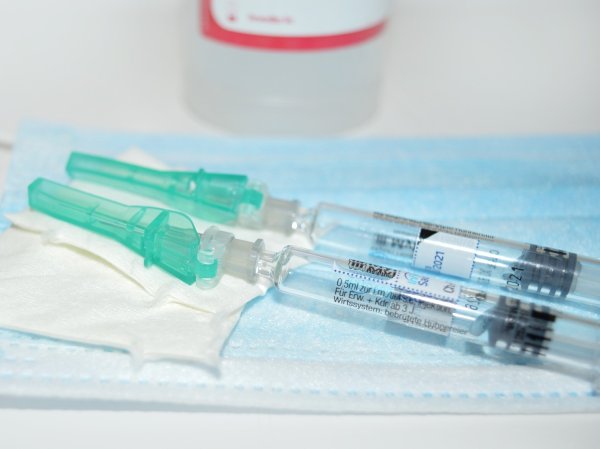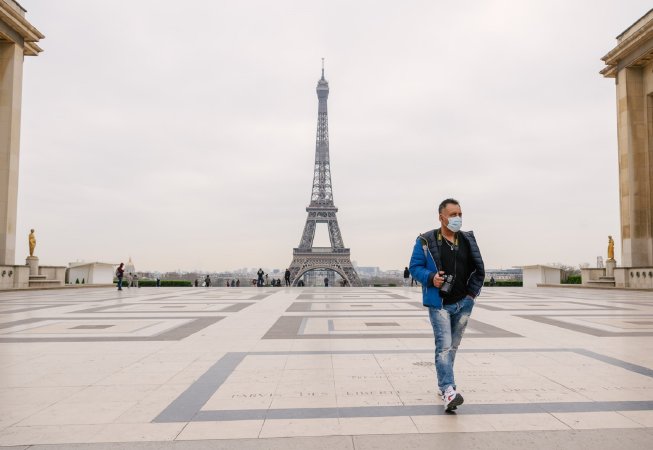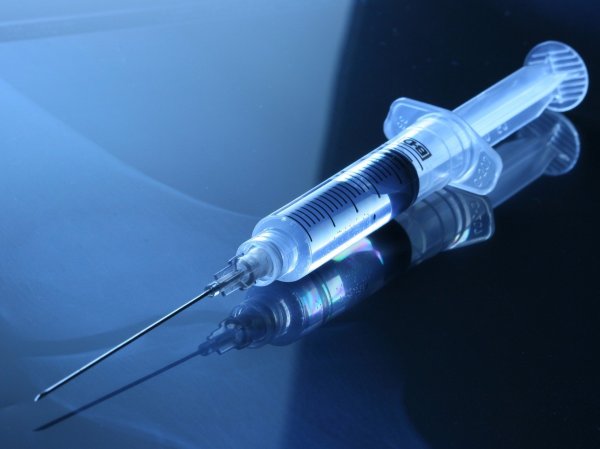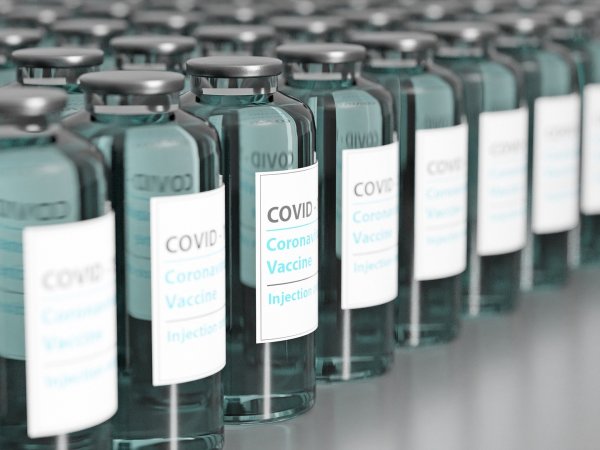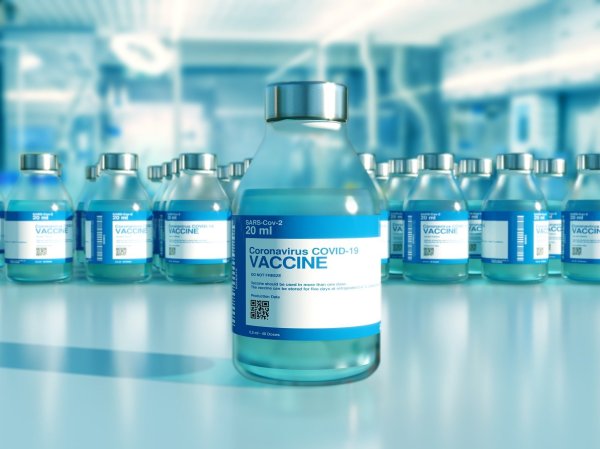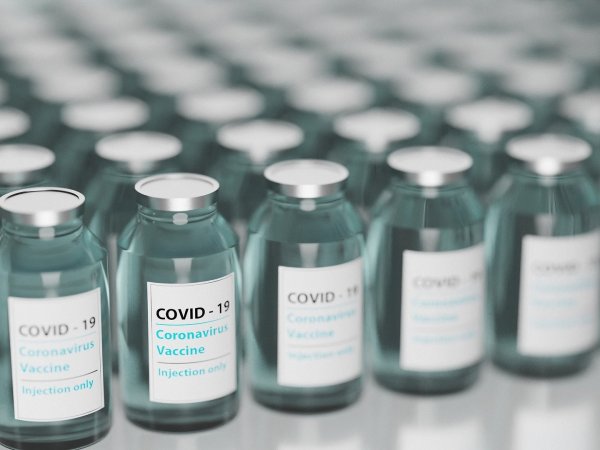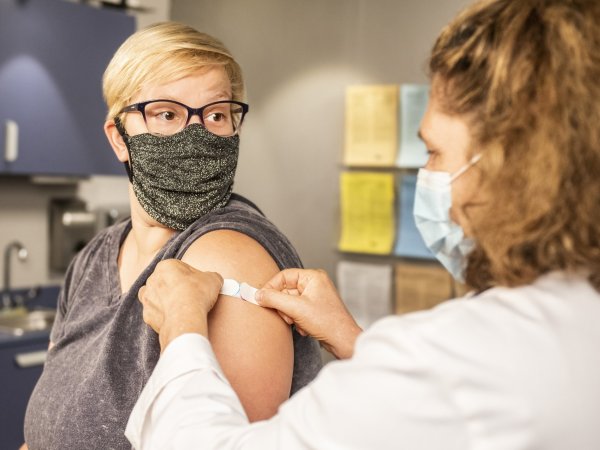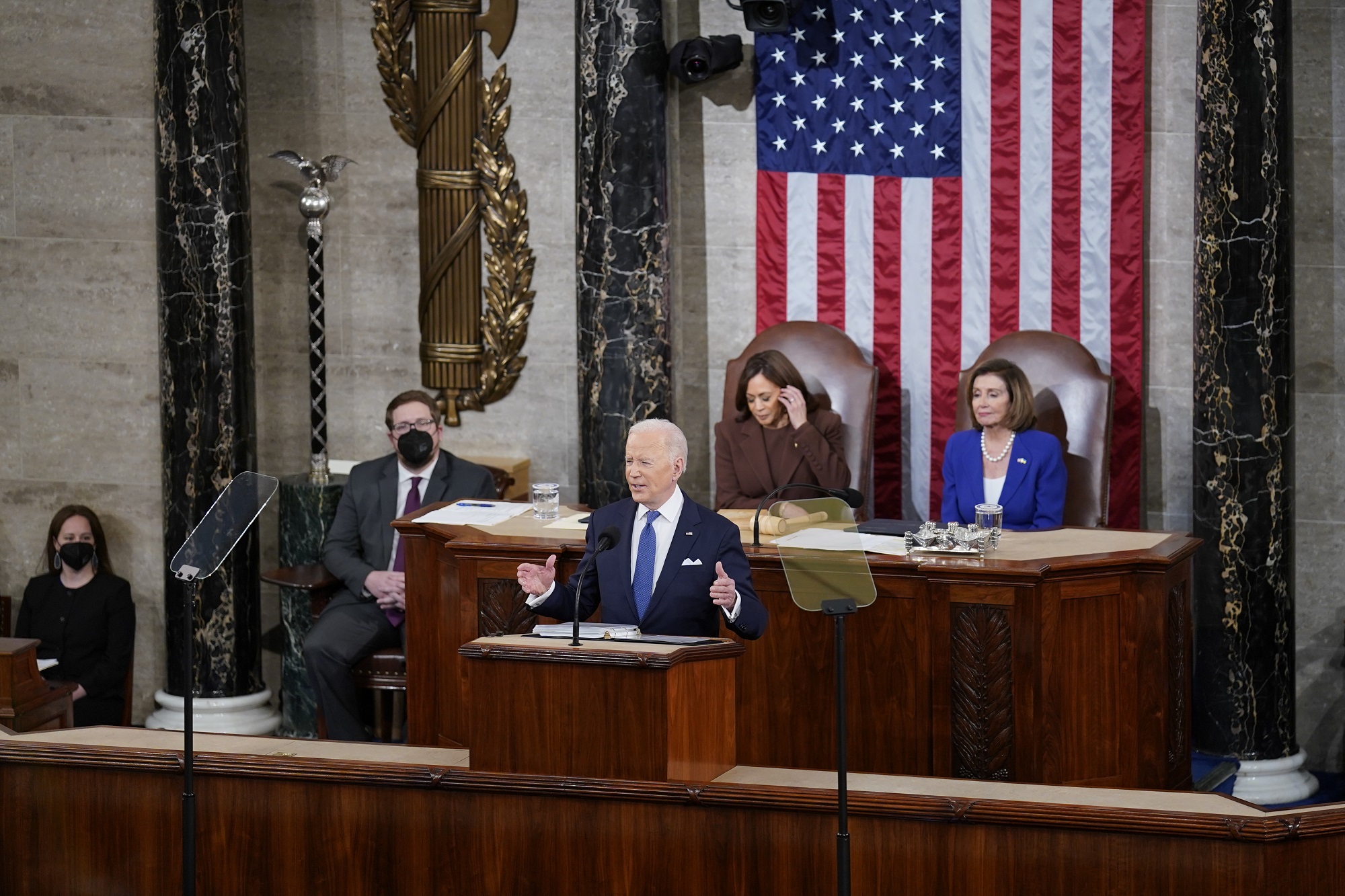

On the heels of a major update to COVID mask guidelines and risk measures across the country, the US government released a centralized pandemic approach that focuses on lifting bans, ending shutdowns, and bridging the vaccine gap overseas. The new strategies were outlined during the State of the Union address on Tuesday, and published on the White House website on Wednesday. They were largely informed by a roadmap designed by more than two-dozen medical experts, the New York Times reports.
The National COVID-19 Preparedness Plan has four chief targets: increase free supplies of tests and antiviral pills, equip local governments and health care facilities against variants, give schools, offices, and daycares the tools they need to safely stay open, and support international pandemic efforts with vaccines and other resources.
“Thanks to the progress we’ve made in the past year, COVID-19 no longer need control our lives,” President Joe Biden said in the first State of the Union speech of his presidency on Tuesday. “We’ve lost so much with COVID. Time with one another. And worst of all, much loss of life. Let’s use this moment to reset.”
[Related: Why the FDA paused monoclonal antibody treatments]
The new plan pivots sharply from the cautious attitudes taken by federal and local officials during the Omicron surge at the beginning of 2022. But with fewer people being hospitalized with COVID infections and reinfections, the majority of restrictions have now been lifted. (The country is still seeing a few thousand deaths a week.) The mayor of New York City—the most densely populated place in the nation—said that patrons at restaurants and other businesses might not have to show proof of vaccination starting on March 7. Meanwhile, in early February, the Occupational Safety and Health Administration repealed a vaccine mandate for large private workplaces after the Supreme Court ruled it was unconstitutional. The Centers for Disease Control and Prevention also quietly updated one of its COVID pages last month to say that universal contact tracing was no longer recommended.
While the White House playbook touches on the need to keep vaccinating Americans (especially those between the ages of 6 months and 5 years), it casts most of its focus on tests, treatments, improved ventilation systems, and variant suppression. Masks also get little mention, though they are still part of the Strategic National Stockpile in case of further outbreaks.
During his State of the Union address, Biden announced a “Test to Treat Initiative” that would allow people to get a free antiviral pill if they come up positive for COVID-19 at a pharmacy, veterans hospital, assisted living facility, or community health center. The preparedness plan states that the “one-stop sites” will be ready by the end of March. The president also said that Pfizer would manufacture 1 million COVID pills this month, and more than 2 million next month. The Food and Drug Administration green-lit Paxlovid for anyone 12 years and older last December, but it has been hard to buy so far.
Internationally, the White House says it will keep to its word of donating 1.2 billion vials of the Pfizer, Moderna, and Johnson and Johnson vaccines. So far, the US has distributed 479 million doses to 112 countries, mainly in Africa, Southeast Asia, and Pacific islands like Papua New Guinea. The plan also outlines the creation of a health security fund for the World Bank, which will boost global response to COVID variants and other potential pandemics.
[Related: Will the world run out of COVID vaccines?]
Back at home, federal officials will provide “technical assistance” and funds for schools, tribal offices, and other public buildings to improve their air filtration systems. Employers might get incentives for offering paid sick leave to anyone who tests positive for the virus or needs to care for family. All this is a bid to reopen classrooms and businesses—and keep them open for the rest of the pandemic.
“It’s time for America to get back to work and fill our great downtowns again with people,” Biden said in his speech last night. “People working from home can feel safe and begin to return to their offices … Our kids need to be in school.”
Critics of the White House’s recent public health decisions have pointed out that individuals with long-haul COVID symptoms—and those at high risk of serious illness from the virus—are being forced to fend for themselves. “If you’re immunocompromised or have some other vulnerability, we have treatments and free high-quality masks,” Biden responded in the State of the Union. “We’re leaving no one behind or ignoring anyone’s needs as we move forward.” The plan expands on this with mentions of “prioritized treatments and preventative interventions” and “access to boosters.” It further states that the White House will “accelerate research and development of accessible self-tests” to remove some of the obstacles for people with disabilities.
With the two-year pandemic mark approaching next week, it remains to be seen how much of the country is prepared to return to full speed, and whether the president’s optimistic COVID playbook can actually protect the most vulnerable Americans.
